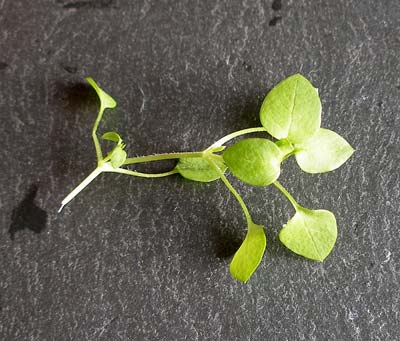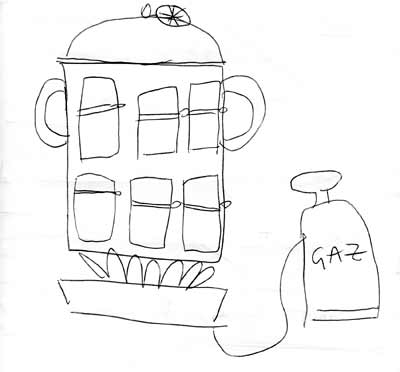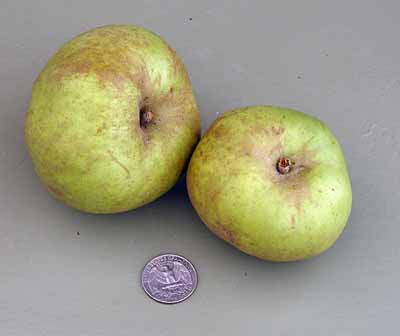A method of preparing tournedos by larding with Parma ham and stuffing with foie gras, then sautéing. It is served en croûte decorated with julienne of red pepper formed into a cross and a brandy sauce.
Beef tartar. This is made from very finely chopped raw fillet of beef mixed with onion, gherkins (US: dill pickles) and capers and formed into the shape of a steak. A depression is made in the top into which a raw egg is broken. It is eaten raw. The meat really should not be minced (US: ground). It is thought to have originated with the fierce Tartars of the Baltic region of Russia who shredded the meat with a knife and ate it raw.

Chickweed. A plant which grows wild near streams and on wasteland and may be eaten raw in salads, cooked in the same way as spinach or used to make soup.

"Steriliser." Fruits or vegetables preserved by placing the uncooked fruit in jars with sugar and water; the jars are then sealed (just like Kilner jars) placed in a stérilisateur, covered with water and then brought to the boil and simmered for a long time to sterilise the jars and cook the apricots. The temperature control and the timing is dictated by the type of fruit or vegetable.

A medium to large apple with a thick, brownish russet skin and sweet, slightly acidic flesh with a grainy texture. It probably arose in Normandy and has been known since the 1771. It was introduced into the United States in the early 1800s and received the Royal Horticultural Society Award of Merit in 1901. It retains its shape when cooked and can make a good stiff purée but becomes a lovely eating apple when stored. This late-season variety is harvested from mid-October in South-East England and is at is best from November to March.